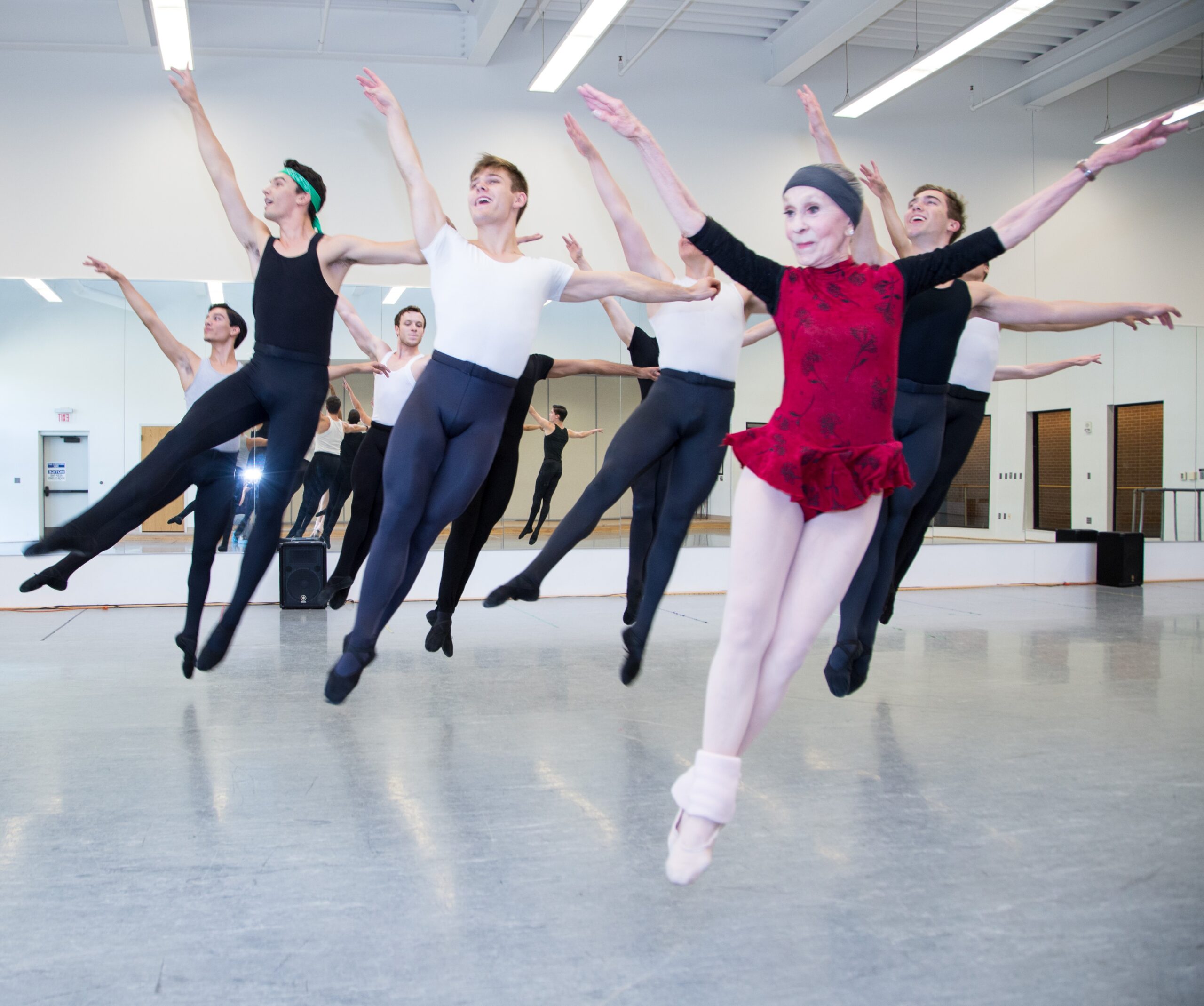
After more than 40 years teaching at the Ann Lacy School of American Dance and Entertainment at Oklahoma City University, Jo Rowan made the decision to retire from the program she founded and the legacy she built. Her husband, John Bedford, also retired from his post as dean of the Ann Lacy School. “I personally don’t feel like I’ve retired, but rather that I’ve left the program in very good hands,” she says of her successor, interim dean Melanie Shelley, and all her former colleagues. “Now I am able to set my own pace as I continue the profession that I love—dance!”
Preparing for and moving through the experience of retirement is a meaningful, often overwhelming life transition for dance teachers. Turning to other retirees for advice and camaraderie can help smooth the inevitable mental, physical and financial challenges that pop up before and during the retirement process.
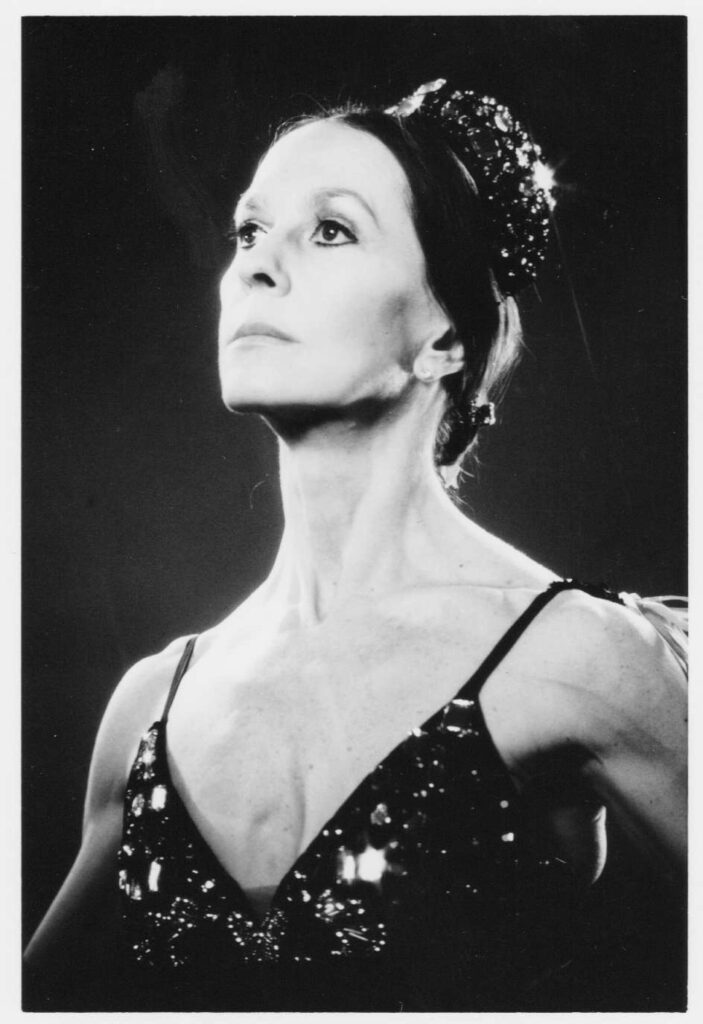
Dance Teacher also spoke with Peter Sparling, a former dancer with José Limón and Martha Graham, who held a 34-year tenure at the University of Michigan’s Department of Dance; and Cassandra Crowley, who recently stepped down from a 42-year post as the artistic and executive director of Canton Ballet in Ohio.
Together, these three lifelong dance educators share their stories, guidance and hopes for the future.
Preparing for Change
Prior to diving head-first into retirement, making lists of postretirement goals to identify future personal intentions, provides exciting direction for the preparatory phase.
During his years at UM, Sparling intentionally developed two artistic practices beyond, but related to, dance. “I pursued my long-time desire to paint and had begun dance film and video editing—I knew these would become my interdisciplinary, daily practice that could sustain me beyond retirement,” he explains.
Crowley, who officially retired this past December after Canton Ballet’s bustling Nutcracker season, dreamt for years of more frequent travels. “I’m really excited to have time to travel and learn other languages. With a full schedule you just can’t fit it in, but soon the world will be my oyster!”
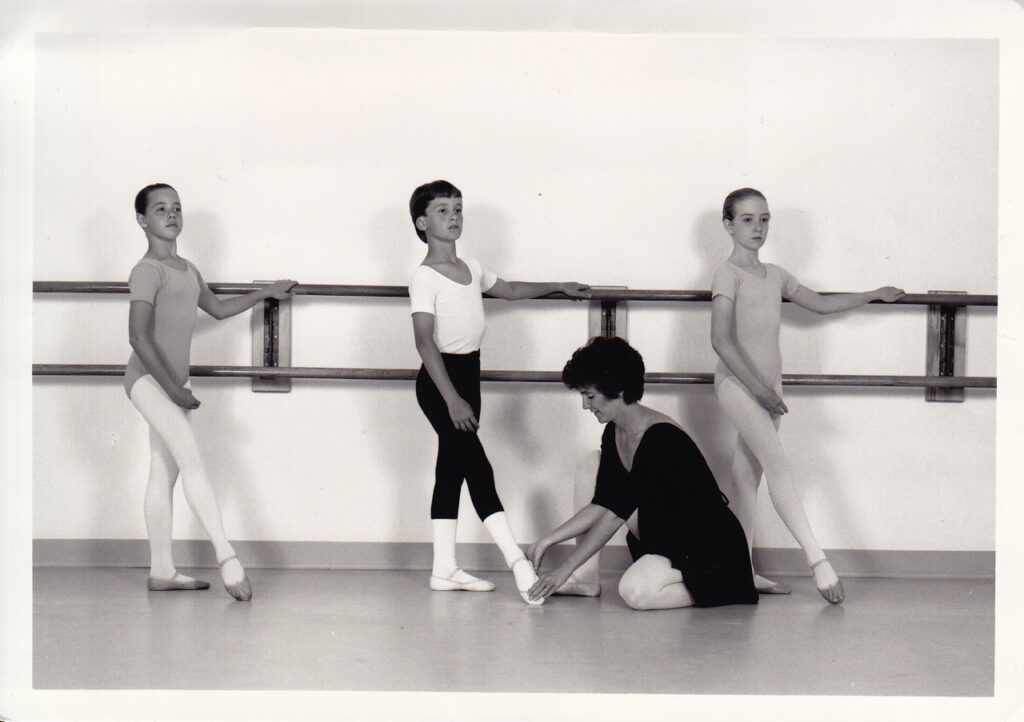
Crowley lived in Europe as a young dance professional. She remains active with the Stars of Tomorrow International—a dance intensive that provides performance opportunities and master classes across Europe—through which she has opened her students’ worlds beyond American borders. Crowley is also a historian for Regional Dance America and looks forward to dedicating more time to dance history research, including a current project on Dayton Contemporary Dance Company’s founder, Jeraldyne Blunden. “I recommend keeping many interests beyond dance alive, even when you are busy teaching, so you can pick them up during retirement,” she says.
Practical Considerations
Dealing with finance in advance of retirement can relieve some financial worry upon losing a steady paycheck. Rowan’s financial advice is direct: “If you want to save your money, you have to save it.” Financial freedom has given Rowan the security to continue being involved in creative projects, and the ability to maintain connections with fellow teachers and former students by teaching workshops virtually, an unexpected inspiration born out of the pandemic.
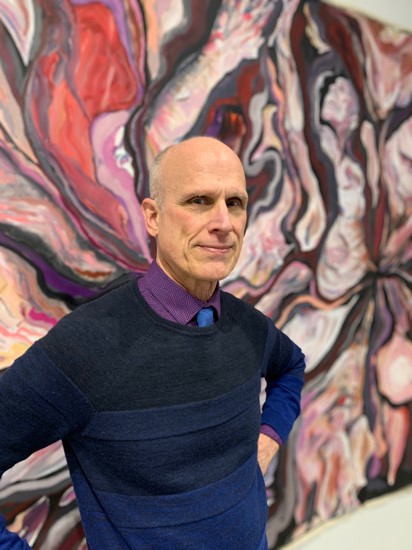
Sparling says he was vigilant in seeking advice and asking all the questions to gain a thorough understanding of the economics of retirement. “Find a trustworthy financial advisor before retirement,” he recommends. To supplement his pensions and social security, he continues choreographing (he reveled in a recent opportunity to restage Graham’s Diversion of Angels on Miami City Ballet with former colleague Peggy Lyman), guest teaching, speaking and selling his paintings.
Similar diligence should also be paid to one’s mental health. While it’s impossible to fully anticipate all the mental, physical and financial pitfalls that come with retiring, doing introspective work can be effective over time. “I cannot diminish the importance of seeking help from a therapist,” says Sparling. “When my retirement was approaching, I met with a therapist once a week to work through the conflicting emotions and issues of what I was leaving behind—I didn’t want to drag unresolved weight into my new life.”
Find Closure and Keep Dancing
If there’s one common thread that Crowley, Rowan and Sparling long for, it’s their students.
“The part of my identity that comes alive in a community of students and colleagues is now less of a priority, and I miss that sense of purpose, the mission of being useful to others,” says Sparling.

Crowley knows she will “miss seeing the kids grow and develop and become more secure in themselves!” Thanks in part to the pandemic, staying connected with a vast network of students is more possible through virtual and social media platforms. These connections can help retirees mitigate a sense of loss.
But, not surprisingly, losing access to familiar studio space can also be a physical and emotional shock. “Find or build a space! If you plan to remain truly embodied, your creative practice needs a vital place,” says Sparling. “My husband knew I would crumble into an emotional basket case if I tried to carve space in our home, so we built a 12-foot-by-18-foot studio in our backyard—it allowed me to seamlessly transition from the university to home environment.”
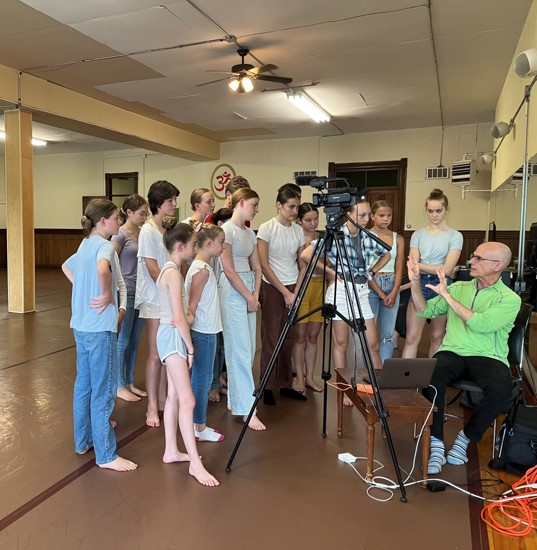
Rowan and her husband recognized this need for space too, particularly after teaching virtually during the pandemic in their carpeted dining room. Her husband built a small studio, where Rowan gives herself a 90-minute class every morning and then takes a ballet class online every afternoon. “I’ve always believed that in order to teach better, I need to feel it myself,” she explains.
“Everyone has different things in life that make them feel joyful, and feeling physically tired makes me feel good spiritually and mentally,” she says.
Her distilled advice for retirement? “Don’t sit still!”





